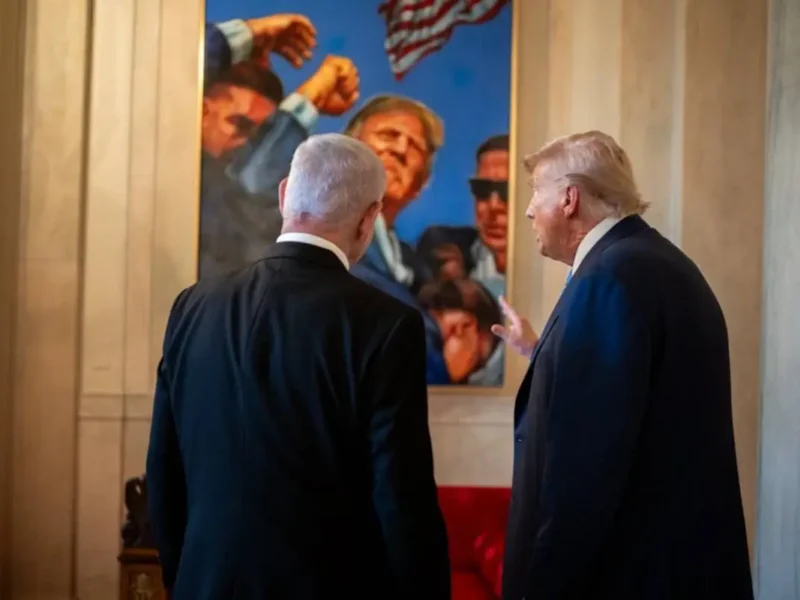
US Challenge Comes at ‘Precarious Time’ For China
HONG KONG, (IANS) – Washington now appears keen to bolster its own role in global infrastructure development as it intensifies its competition with China across the globe, a media report said.
In June, US President Joe Biden, and leaders from the Group of Seven advanced economies promised to unleash $600 billion in investment — $200 billion of that from the US alone — by 2027 to “deliver game-changing projects to close the infrastructure gap” between countries, CNN reported.
In August, US Deputy Secretary of State Wendy Sherman visited the South Pacific, promoting a new partnership to bolster support for island nations, while US Secretary of State Antony Blinken announced a plan aimed at Africa.
The challenge from the US comes at a ‘precarious’ time for China’s Belt and Road. Even as the initiative has had an impact on several countries, funding shortfalls and political pushback have stalled certain projects, and there is public concern in some countries over issues like excess debt and China’s influence, the report said.
Accusations that Belt and Road is a broad “debt trap” designed to take control of local infrastructure, while largely dismissed by economists, have sullied the initiative’s reputation.
Economic challenges at home and a changing financial environment globally also have the potential to impact how China’s lenders and policymakers deploy funds, analysts say.
All this may create an opportunity for Washington to step forward and work with willing partners in need of financing. But major questions hang over the extent to which the US can deliver, both in terms of mobilizing billions and driving infrastructure — areas in which China has long excelled, the media outlet reported.
Since its official launch in 2013, early in the first term of Chinese leader Xi Jinping, funds under the initiative have powered the construction of bridges, ports, highways, energy and telecoms projects across Asia, Latin America, Africa, and parts of Europe.
On average, during the first five years of the initiative from 2013 to 2017, China spent about $ 85 billion financing overseas development projects per year, more than twice as much as any other major economy, AidData, a research lab at William & Mary in the US, which tracks this spending from Chinese government institutions and state-owned entities, said in a 2021 report.
And while funding has been welcomed by countries around the world, it has also come with problems.
“We find that 35 percent of (Belt and Road) projects are suffering from some sort of implementation challenge,” said research scientist Ammar A. Malik, who heads Aid Data’s Chinese Development Finance Program.
He said those issues include environmental incidents, corruption scandals, and labor violations, and the 35 percent figure refers specifically to projects implemented solely by a Chinese entity, CNN reported.
AidData has also reported on what it terms “hidden debts”, referring to cases where the recipients of Chinese loans are entities like private or project companies, not governments themselves, but the terms of the loan require the host government to guarantee it. This can ultimately pass liability to them for repayment if the borrowers fall short, the researchers say.




